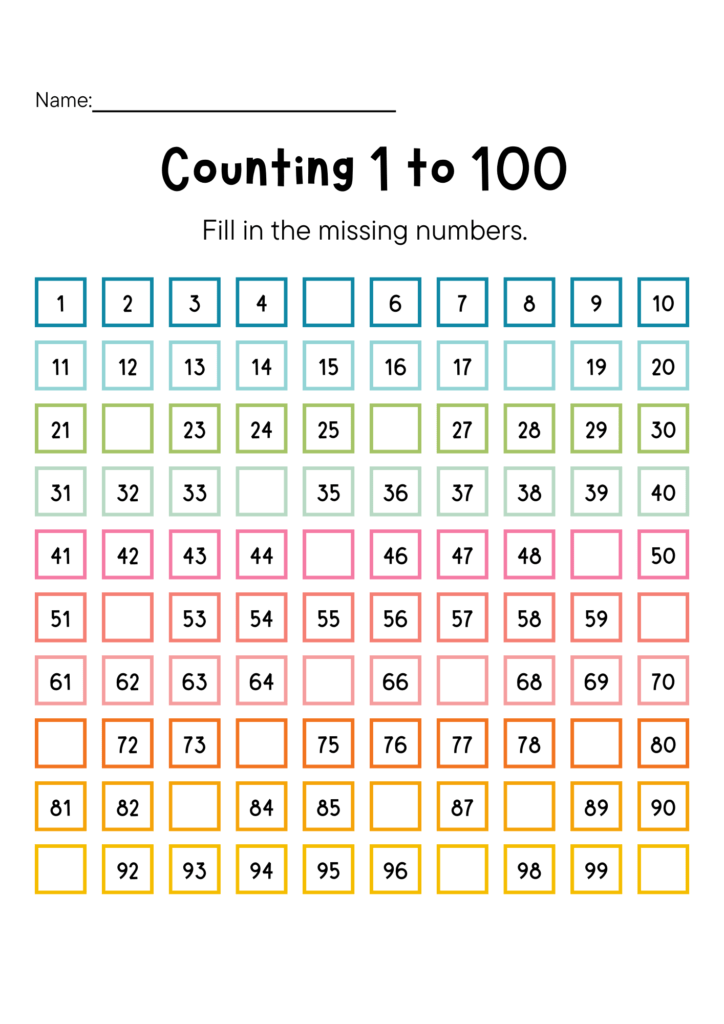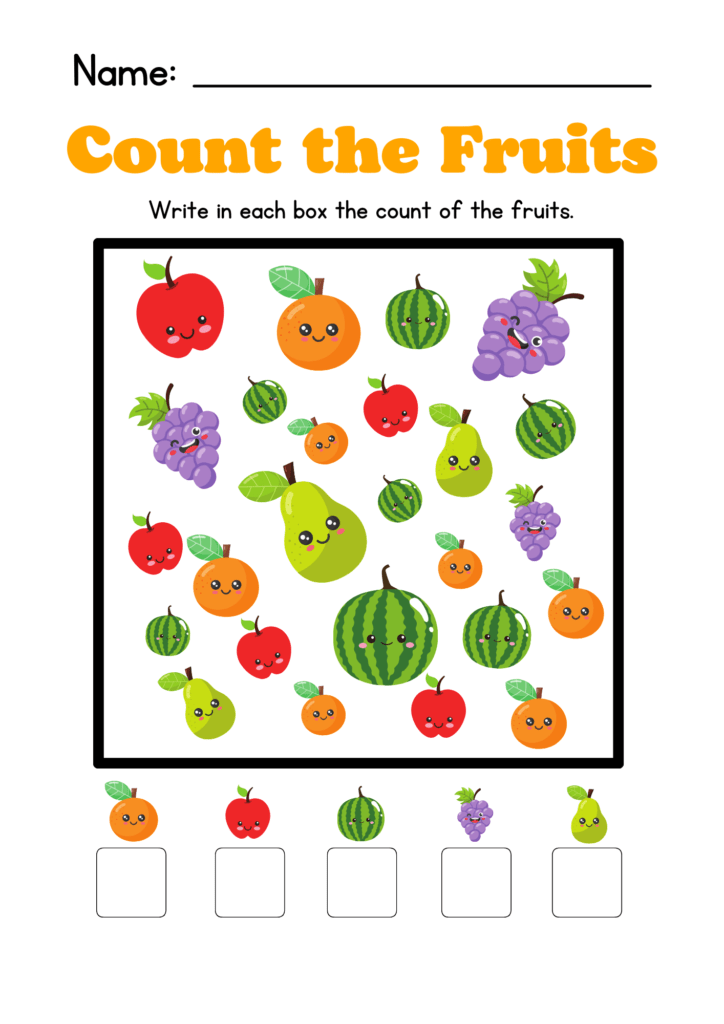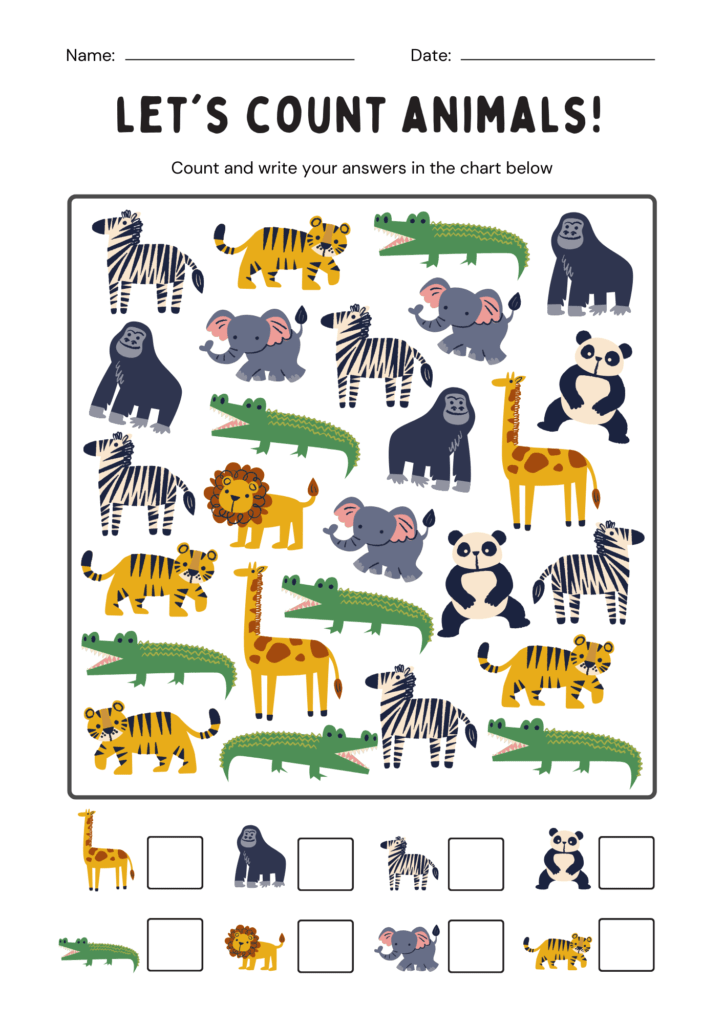Free Printables For Grade 1: Counting and Numbers Worksheets [2024]
Welcome to the wonderful world of numbers and counting, first graders! Learning about numbers is an exciting journey that helps us understand the world around us. From counting your toys to understanding your age, numbers are everywhere. Let’s dive into this adventure together!
What Are Numbers?
Numbers are symbols we use to count, measure, and label things. They help us understand quantities and tell us how many or how much. For example, when you say you have three apples, the number “3” tells us the amount of apples you have.

Why Is Counting Important?
Counting is one of the first math skills you will learn. It’s the starting point for all other math concepts. Here’s why counting is important:
- Organization: Counting helps you keep track of things. Imagine trying to play with your toys without knowing how many you have!
- Math Skills: Counting is the foundation of addition, subtraction, and other math skills.
- Daily Life: We use counting in everyday activities, like setting the table or deciding how many cookies each friend gets.
Let’s Start Counting!
Counting begins with learning the sequence of numbers. The most common numbers we use are called whole numbers: 0, 1, 2, 3, 4, 5, 6, 7, 8, 9, and so on. Here’s a fun way to practice:
- Count Out Loud: Start at 1 and count as high as you can. You can do this while jumping, clapping, or even while on a walk.
- Count Objects: Use your toys, buttons, or snacks. Count them one by one and see how high you can go.

Recognizing Numbers
Recognizing what numbers look like is just as important as counting them. Here are some tips to help you recognize numbers:
- Number Flashcards: Make flashcards with numbers from 0 to 10. Mix them up and try to say the number on each card.
- Number Hunt: Look for numbers in your home, in books, or even outside. You can find numbers on clocks, phones, and signs.

Writing Numbers
Writing numbers is another important skill. Start with the basics:
- Practice Writing: Use a pencil and paper to write numbers from 0 to 10. Practice makes perfect!
- Use Fun Tools: Try writing numbers in sand, with chalk on the sidewalk, or with finger paints. It makes learning fun and creative.
Simple Addition and Subtraction
Once you are comfortable with counting and recognizing numbers, you can start with simple addition and subtraction.
- Addition: Addition means putting things together. For example, if you have 2 apples and get 3 more, how many do you have now? (Answer: 5)
- Subtraction: Subtraction means taking things away. For example, if you have 5 cookies and eat 2, how many are left? (Answer: 3)
Fun Counting Games
Learning can be fun with games! Here are a few games you can play:
- Number Bingo: Make a bingo card with numbers. Have someone call out numbers and mark them on your card.
- Count and Clap: Count out loud while clapping your hands. This helps with memorizing the order of numbers.
- Number Matching: Match number cards with the same number of objects.
Counting in Daily Life
Numbers are all around us. Here’s how you can practice counting every day:
- Count Steps: Count the steps you take from your room to the kitchen.
- Count Snacks: Count the number of grapes or crackers on your plate.
- Count Toys: Count your toys before you put them away.
Conclusion
Counting and numbers are the building blocks of math. By learning to count, recognize, and write numbers, you are setting the foundation for all the math you will learn in the future. Remember, practice makes perfect, and the more you play with numbers, the more fun it becomes. Happy counting, first graders!